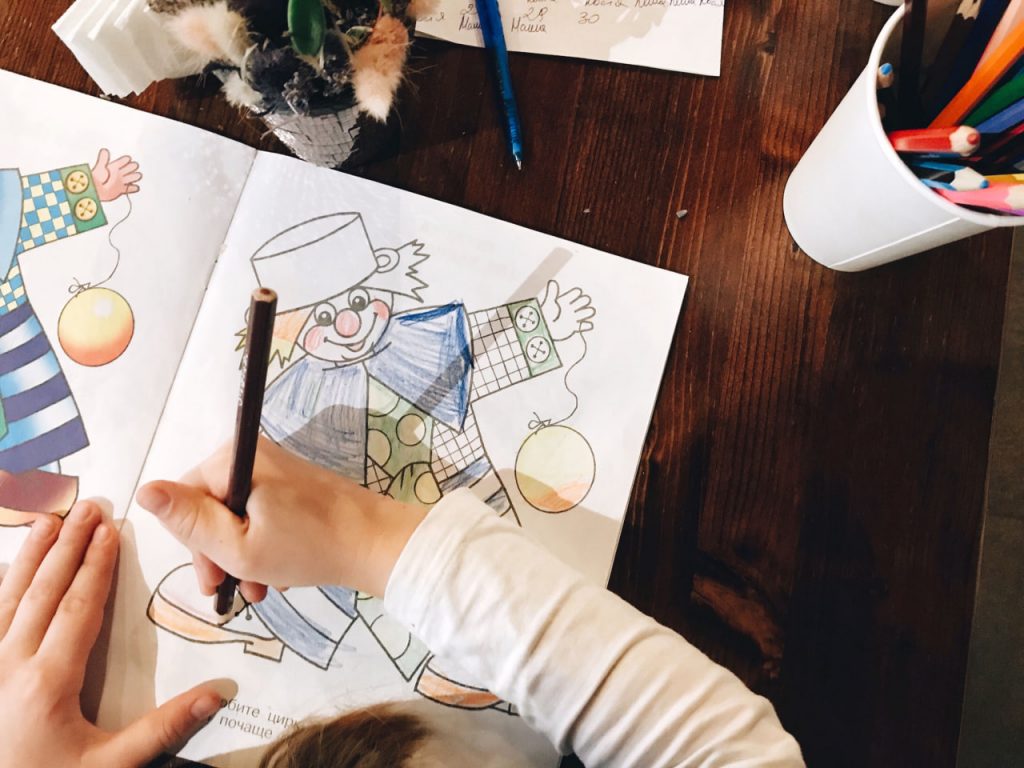Creating memorable characters is one of the most important aspects of comic book storytelling. Whether you are designing a heroic protagonist or a menacing villain, your character’s appearance is one of the first things readers will notice. A well-designed character should not only look visually interesting but also reflect their personality, story arc, and role in the narrative.
1. Understanding Character Traits Through Design
The foundation of any good character design starts with understanding who the character is. Are they strong, wise, or mischievous? Their design should visually communicate these traits. For instance, broad shoulders and a square jawline might symbolize strength or power, while angular features and a slim figure could suggest agility or cunning.
It’s essential to think about what your character’s design says before they even speak. Colors, shapes, and proportions all play a significant role in the viewer’s perception of the character.
2. Costume Design: Telling the Story Through Clothing
Costume design is not just about making characters look cool or distinctive. It’s about telling the character’s story without words. Consider how a superhero’s suit might reflect their powers or the origin of their abilities. A villain’s attire may convey their dominance or twisted sense of self.
For example, think of the “bat suit” worn by Batman. It communicates both his stealth abilities and his identity as a figure of fear, while his cape and utility belt reinforce his preparedness for any situation. A good costume can tell the audience a lot about the character’s backstory and motivations.
3. Shape Language: Silhouettes that Define Your Character
One of the most effective ways to make a character stand out is through their silhouette. The shape and posture of a character can express a great deal about their personality and role in the story. Heroes often have symmetrical, solid silhouettes that convey strength and stability, while villains may have sharp, jagged silhouettes that suggest danger or unpredictability.
The goal is to create a character that can be instantly recognizable, even from a distance. This is why iconic characters like Spider-Man or Wonder Woman are easily identifiable simply by their outline or silhouette.
4. Refining Your Design: From Sketch to Final Concept
Once you have your initial design concept, it’s time to refine it. Start with sketches, exploring different looks and styles. Try various poses and facial expressions to get a sense of how the character moves and reacts. Keep iterating on the design until it feels right for the story you’re telling.
Sometimes the most effective design may not be the most complicated. Simple designs can often be the most powerful, as they allow for clarity and focus on the core traits of the character.

